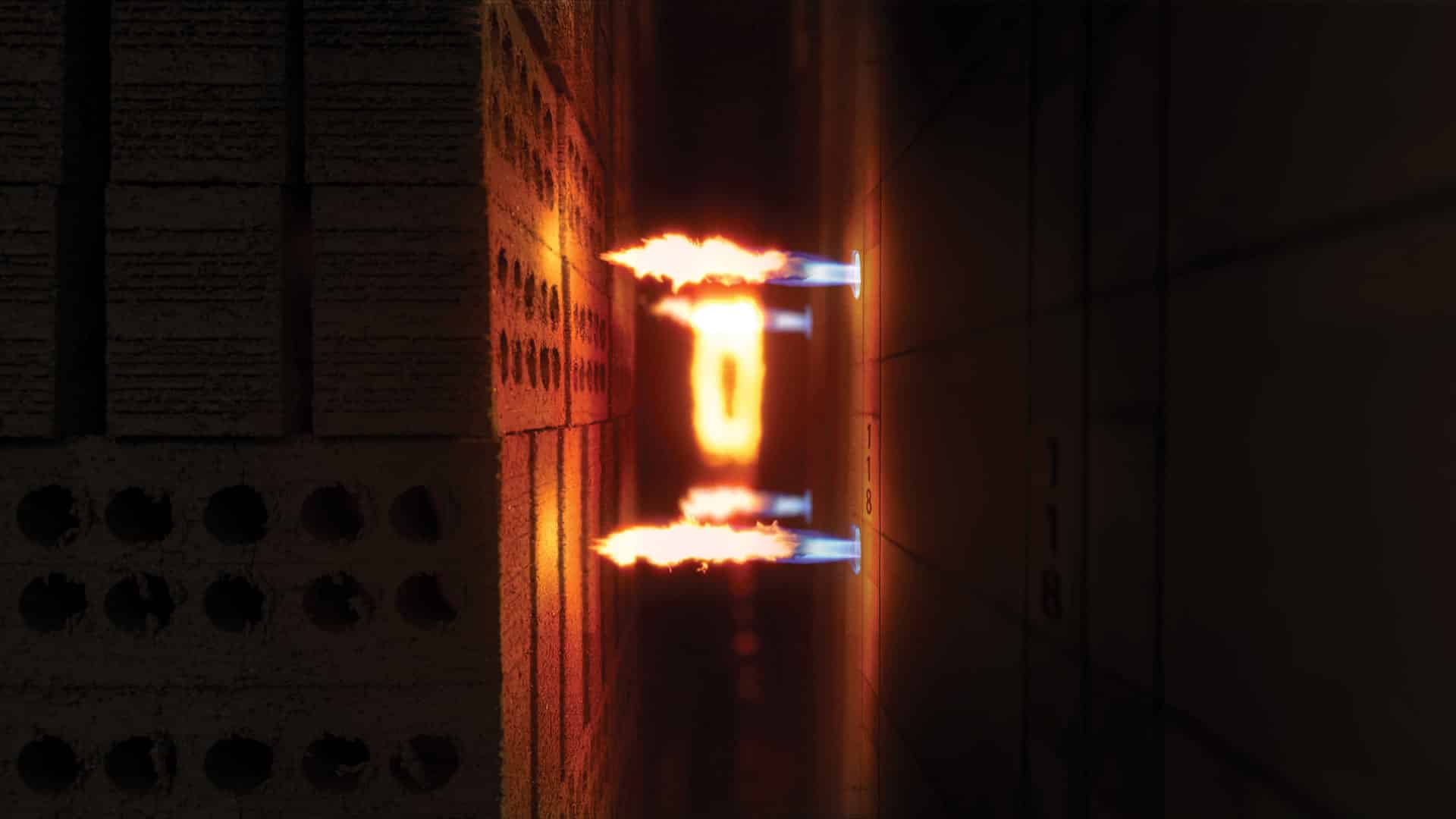Answer

Australian clay is usually quarried from surface deposits, where clay-rich soils are found. The process begins with removing the topsoil, which may contain organic matter and other impurities. This is done using heavy machinery such as excavators and bulldozers. Once the top layer is cleared, the clay is extracted from the ground. The clay is then transported to a processing facility, where it undergoes several stages to prepare it for brick production.
At the processing facility, the raw clay is first crushed to break down large lumps and remove any remaining impurities. The crushed clay is then mixed with water and sometimes other materials like shale, sand, lime, or colorants to achieve the desired consistency and properties. The resulting mixture is pugged (kneaded) to remove air pockets and ensure uniformity.
The prepared clay is then shaped into bricks through a process called extrusion. In this method, the clay is pushed through a mould to form a continuous column, which is then cut into individual bricks. These green (unfired) bricks are left to dry naturally or in controlled drying chambers to reduce their moisture content. This drying phase is crucial to prevent cracking during firing.

Once dried, the bricks are loaded into a gas-fired kiln. The kiln gradually heats the bricks to temperatures between 1,000°C and 1,200°C. At these high temperatures, the clay undergoes vitrification, where its particles fuse together to form a dense, hard structure. After firing, the bricks are slowly cooled, which solidifies their final form.
The finished bricks are then inspected for quality, packaged, and transported to construction sites for use in building Australian homes and other structures.
References:
How bricks are made: Exploring your brick choices with PGH (pghbricks.com.au)
How are bricks made in Australia? – Krause Bricks
A Film about a Brick